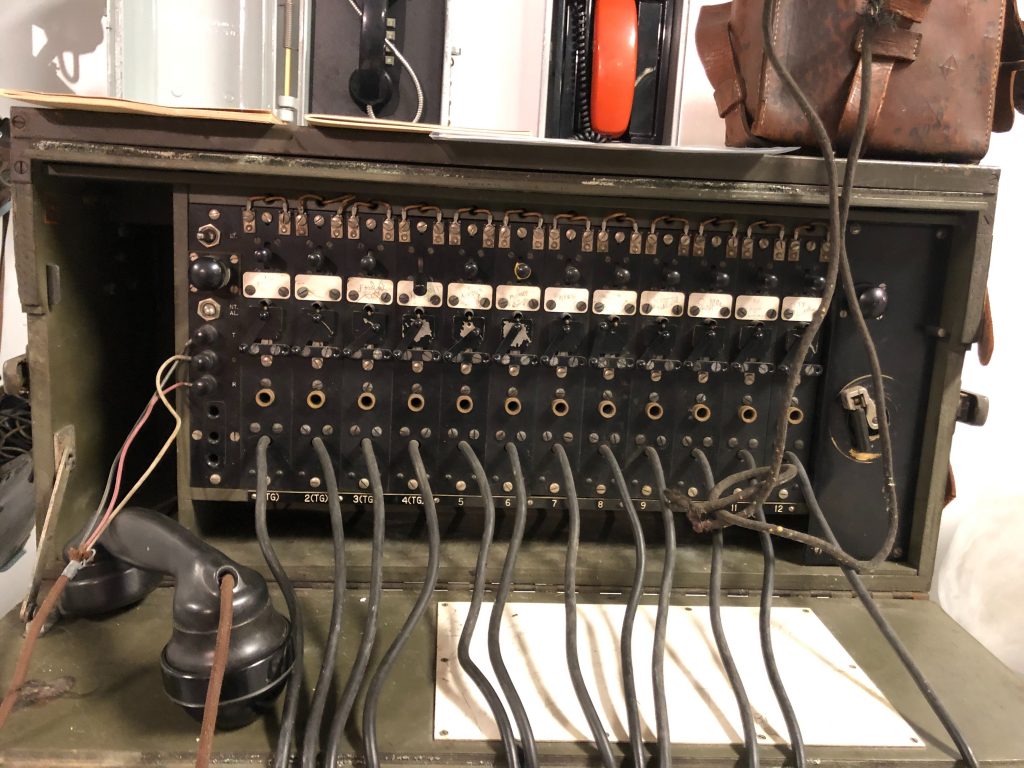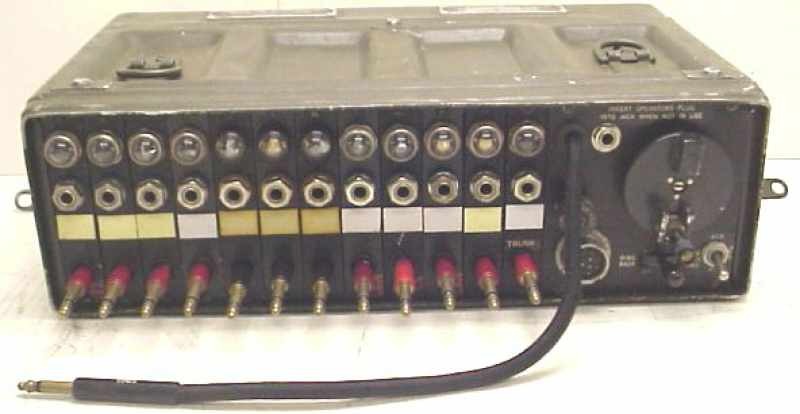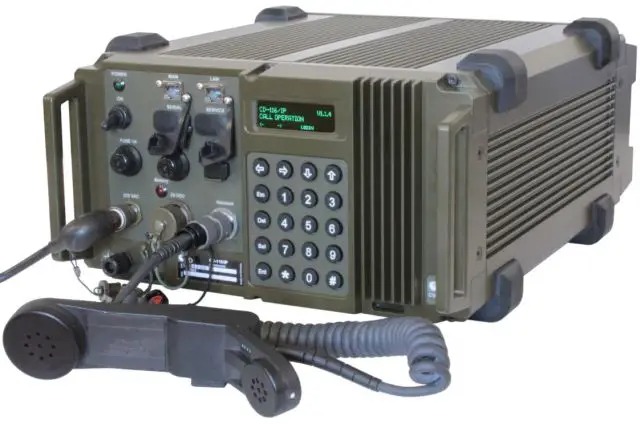Introduction:
In the realm of military communication, the telephone switchboard stands as a crucial element in establishing and managing connections on the battlefield. Its historical significance, intricate components, and diverse types have played pivotal roles in facilitating effective and organized communication within military operations. In this blog post, we will delve into the intriguing history, components, and various types of military telephone switchboards.

I. The Origins and Evolution:
The telephone switchboard’s roots can be traced back to the late 19th century when the telegraph and telephone networks were rapidly expanding. As military operations began to rely heavily on telecommunication, the need for centralized call routing and management became apparent. This led to the development of the first military telephone switchboards, enabling efficient communication across multiple lines.
II. Components of a Telephone Switchboard:
A military telephone switchboard comprises several key components, each serving a vital function in the communication process:
- Main Distribution Frame (MDF): The MDF is the central hub of the switchboard. It consists of a series of vertical and horizontal panels where incoming and outgoing lines are terminated and connected.
- Line Jacks and Plugs: These are physical connectors that allow telephone lines to be plugged into the switchboard. Each line jack represents an individual connection, while the plugs are used to establish temporary connections between different lines.
- Switchboard Operator Positions: These positions are manned by trained personnel responsible for managing incoming and outgoing calls. Operators plug and unplug lines as needed, connecting callers and ensuring efficient call routing.
- Call Indicators: Call indicators are visual or audible devices that alert the switchboard operators to incoming calls. They provide essential information about the status of each line, enabling operators to prioritize and handle calls promptly.
III. Types of Military Telephone Switchboards:
Throughout history, various types of telephone switchboards have been developed to meet the specific needs of military operations. Here are some notable examples:
- Manual Switchboards: In the early days, manual switchboards were prevalent. These required operators to physically connect and disconnect lines using cords and plugs, relying on their expertise and knowledge of the system.
- Crossbar Switchboards: Crossbar switchboards emerged in the mid-20th century, introducing a more automated approach to call routing. These systems utilized electromechanical switches to establish connections, reducing the reliance on manual intervention.
- Electronic Switchboards: With the advent of digital technology, electronic switchboards became commonplace. These systems employed computer-controlled switching matrices, allowing for faster call processing, advanced features, and increased capacity.
- Modern IP-Based Switchboards: In contemporary military communication, IP-based switchboards have become prevalent. These systems leverage internet protocol (IP) networks to handle voice, video, and data traffic. They offer enhanced scalability, flexibility, and integration with other communication technologies.

IV. Challenges and Advancements:
Throughout its evolution, the military telephone switchboard has faced several challenges. These include the need for rapid call processing, secure communication, and adaptability to changing technologies. Advancements in automation, digital signal processing, and network integration have addressed many of these challenges, enabling faster call routing, encrypted communication, and seamless integration with modern communication systems.

Conclusion:
The military telephone switchboard has played a vital role in establishing and managing communication networks on the battlefield. From its early manual systems to the modern IP-based switchboards, this technology has adapted to the evolving needs of military operations. By providing centralized call routing and management, the switchboard has facilitated effective coordination and command on the frontlines. As technological advancements continue, the military telephone switchboard will undoubtedly remain a critical component of military communication systems, ensuring efficient and secure connectivity in the face of ever-changing operational demands.
Disclaimer: The views and opinions expressed in this article are solely those of the author and do not necessarily reflect the official policy or position of any military organization or government entity.
